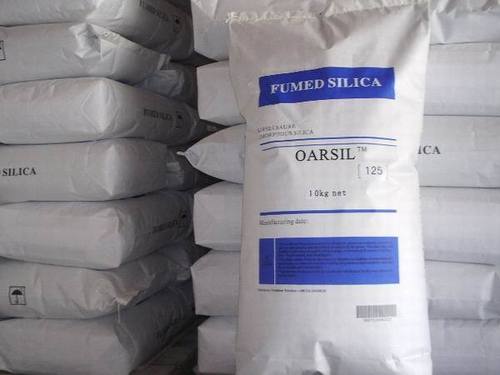

Fumed silica is also known as fumed silica NPs, because it fundamentally consists of nanoparticles. Fumed silica is a nonporous and highly dispersed amorphous silicon dioxide which is made by silicon tetrachloride (hydrolysis flame) in an oxyhydrogen gas flame at high temperature. Recently, among silica NP families, bitumen modification by means of fumed silica has been studied to improve mechanical and rheological properties as well as UV resistance.

The reasonable dosage of nano-ZnO for anti-aging performance determined as 3.0 wt.-% Layered double hydroxides with 180 nm has the strongest ability to absorb and reflect UV lightģ wt.-% was better than that of 1 wt.-% GO/improved the UV aging resistanceĢ% had a better performance/improved the UV aging resistanceĠ.3 wt.-% TiO 2 + 0.1 wt.-% butylated hydroxytoluenecan significantly reduced the UV aging rateġ.5 wt.-% has the best anti-aging performance Used two types of montmorillonite (PMMT and OMMT)/improved UV resistanceĥ wt.-% of the modifier provided was the best UV aging resistance for the bitumenģ wt.-% has the best anti-aging performance However, silica NPs have some advantages such as nontoxic, non-photocatalytic, environmentally friendly, and inorganic UV shielding. Triazine derivatives, benzotriazoles, benzophenones, and salicylates are used as organic UV absorbers, nevertheless, their thermal stability due to low molecular weight is weak. As for titanium dioxide (TiO 2) and zinc oxide (ZnO), it was found that a photocatalytic process under sunlight may destroy the structure of binder composites with these NPs. Some researchers investigated different nanomaterials in their capacity to improve bitumen aging resistance to UV radiation, such as titanium dioxide, graphene oxide, montmorillonite, and zinc oxide (see Table 1). The chemical composition of nanoparticles (NPs), their shape, their ratio of surface area to volume, and the degree of activated bonding at the aggregate–bitumen interface are among the most important parameters studied. īitumen modifications with nanomaterials and polymers have increasingly been studied in recent years to enhance the chemical and mechanical performance characteristics of bitumen. UV radiation C with a wavelength of 100–280 nanometers which is completely absorbed by the atmosphere and the ozone layer. UV radiation includes three wavelength groups: UV aging increases the hardness and brittleness of bitumen, which are dominant factors for the resistance of asphalt pavements to cracking. Moreover, unlike for thermo oxidative short-term and thermal long-term aging, there is no standard protocol for UV aging. In most laboratory studies on bitumen aging, the effect of UV light is ignored. As regards ultraviolet aging, bitumen partially absorbs ultraviolet light originating from sun radiation, and consequently, its molecular structure and chemical bonds change. As for thermal aging, bitumen molecules react with oxygen molecules, and hence, bitumen changes its molecular structure.

Aging is an inevitable trend which causes brittleness and stiffness in bitumen and considerably decreases the pavement service life. Thermo oxidative aging mostly happens during storage, mixing, and construction, whereas UV aging mostly happens in service. Asphalt aging includes thermo oxidative short-term, thermal long-term, and ultraviolet aging.


 0 kommentar(er)
0 kommentar(er)
